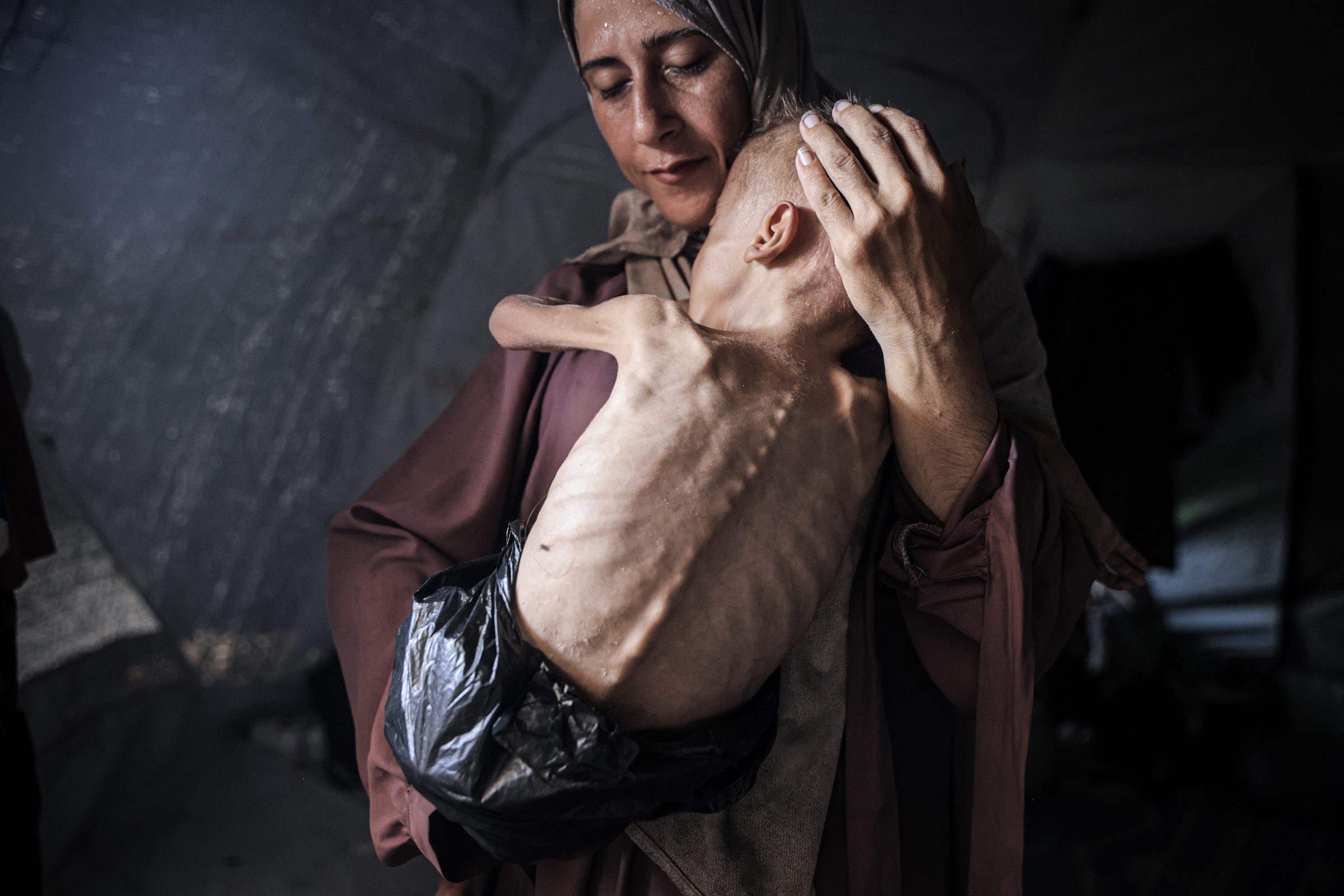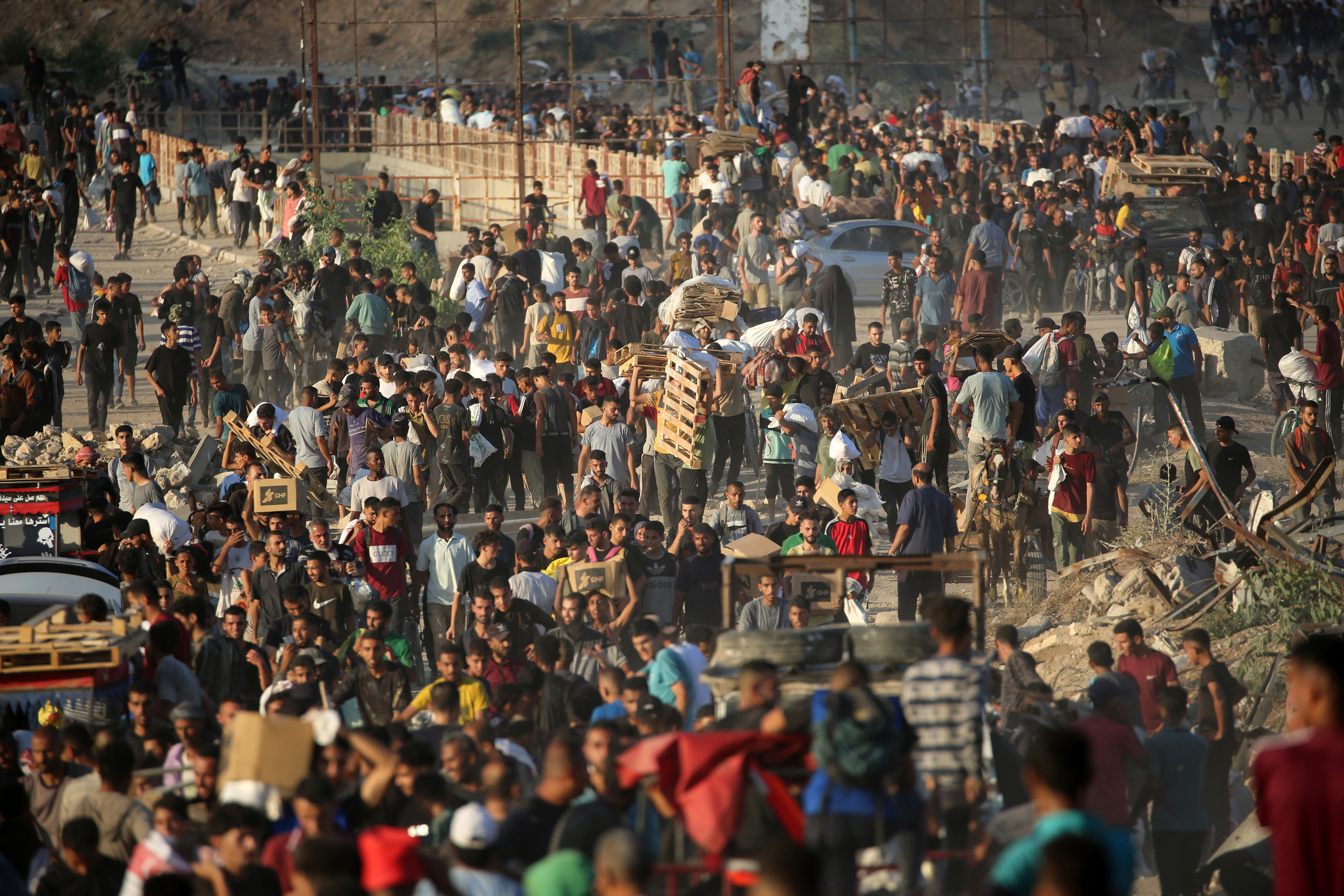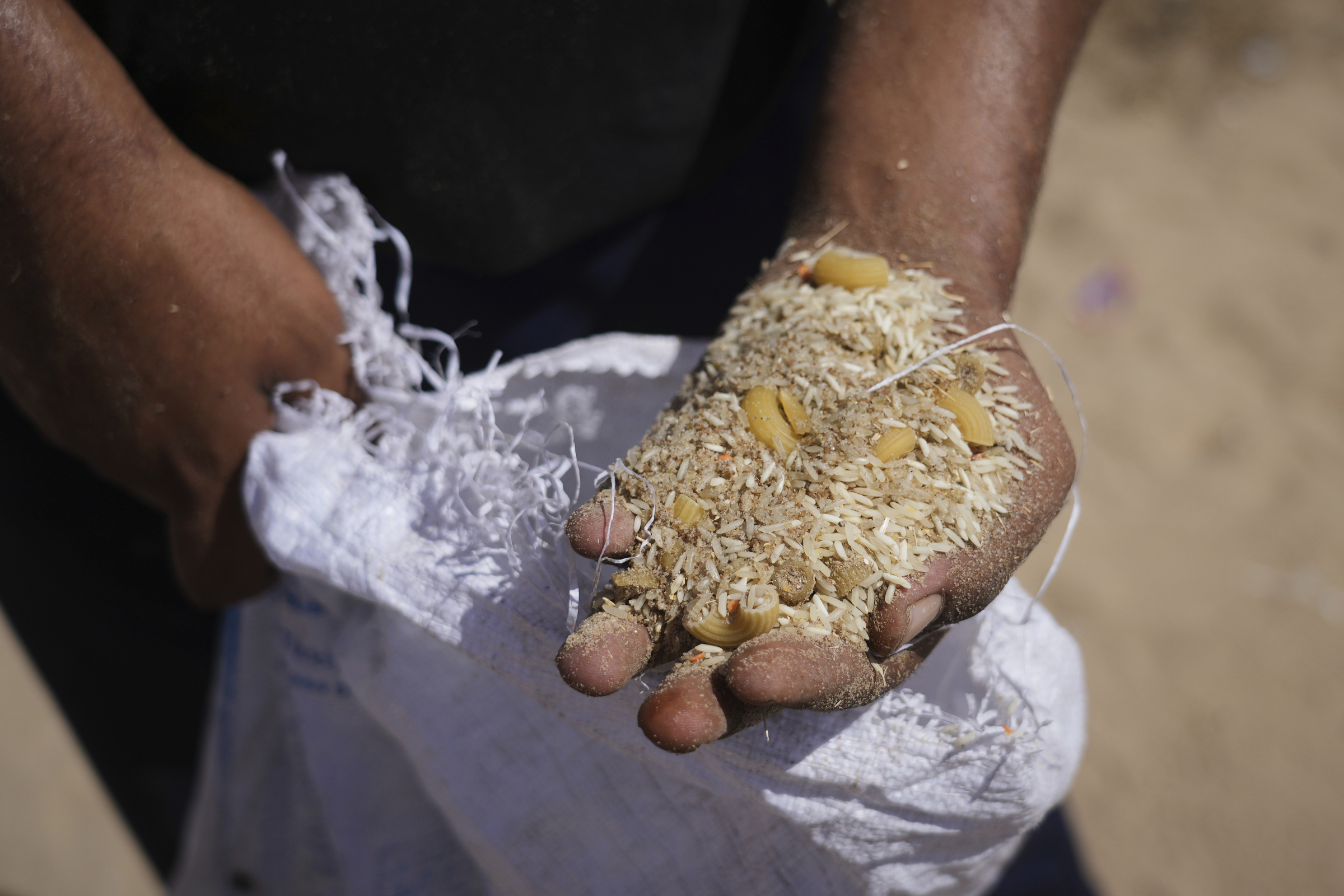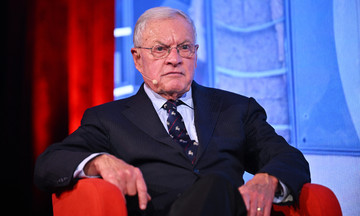Since erupting in 10/2023, the conflict in the Gaza Strip has left more than 59,000 dead and about 143,000 injured. But that is only part of the tragic picture in Gaza.
The small territory on the Mediterranean coast is facing a severe famine. A United Nations report on 29/7 said at least 16 children under the age of 5 have died from famine-related illnesses since 17/7, and half a million people are now in a state of "severe food insecurity." The Hamas-controlled health ministry in Gaza said the death toll from malnutrition has exceeded 100, including at least 80 children.
Observers say that although Israel claims its goal is to "wipe out Hamas," their prolonged campaign of attacks and blockades has actually pushed the people of Gaza to the brink of collapse. "Israel's policy has made Gaza uninhabitable," said Derek Summerfield, a psychiatrist in the UK.
Summerfield added that Israel has destroyed everything in Gaza, leaving "people with nothing and feeling like they can't go on living."
 |
A woman in Gaza holds her emaciated child in Gaza City on 21/7. Photo: Reuters |
A woman in Gaza holds her emaciated child in Gaza City on 21/7. Photo: Reuters
The famine that aid agencies have warned about has become a reality for Palestinians in the Gaza Strip. Last week, more than 100 aid agencies sent an urgent open letter calling on the Israeli government to cooperate with the UN and allow aid to flow into the area.
"Famine is not just a physical issue, but a mental one. It can cause a starving person to lose their humanity and no longer value dignity. They then have to confront the memory of scavenging for food in the garbage or whatever else they did to survive," said Alex de Waal, executive director of the World Peace Foundation at Tufts University in the US.
De Waal stressed that the famine is destroying Gaza's social fabric and "turning people into desperate victims."
"Famine doesn't happen as quickly as an air strike; it can last 60-80 days. The situation in Gaza could last longer," he said.
The Israeli government denies reports of famine in the Gaza Strip. However, US President Donald Trump on 28/7 rejected that claim, saying "Gaza is really in a famine, you can't cover that up."
Following the outbreak of conflict, Gaza faced one of the world's worst humanitarian crises, but the ceasefire between Israel and Hamas since 17/1 significantly improved the situation, thanks to UN humanitarian aid trucks entering the territory.
Data from the Israeli military's Coordinator of Government Activities in the Territories (COGAT) shows that humanitarian aid entering the Gaza Strip reached its highest level in a year in February, with more than 295,000 tons of goods delivered. In January, more than 206,000 tons of humanitarian aid were also delivered to the Gaza Strip, much higher than in previous months.
However, on 2/3, the Israeli government announced a halt to all humanitarian aid and fuel supplies to Gaza and closed all border crossings. Prime Minister Benjamin Netanyahu explained the decision was to pressure Hamas to return hostages after the first phase of the January ceasefire expired.
Israel's blockade brought aid deliveries to the Gaza Strip to zero in March and April. Israel also unilaterally resumed its campaign in Gaza on 18/3, continuing air strikes and ground attacks on the territory.
These actions have pushed Gaza into its current state of despair. As food and other necessities become increasingly scarce and expensive, many Palestinians can no longer afford to feed themselves and their families.
"The sound of children crying from hunger never stops. Every day, people knock on our door asking for food. They don't want money, just bread," said Rania Al Shrehi, a staff member of the International Rescue Committee (IRC) in Gaza.
During two months of tightening the blockade, Israel sought to establish a new aid mechanism with US support, separate from the UN. By the end of May, the Gaza Humanitarian Fund (GHF) was established with the mission of creating a "safe distribution center" for Palestinians.
The GHF is a US-based organization backed by the US and Israeli governments to provide humanitarian aid in Gaza, rather than through traditional UN-led relief mechanisms. Although Israel temporarily reopened some UN aid channels to operate alongside the GHF, almost all aid to Gaza flows through this new fund.
However, there are two problems with the GHF. One is that all of the organization's humanitarian aid distribution points are located in central or southern Gaza, meaning the northern area receives almost no relief supplies. Two, Palestinians must pass through Israeli military checkpoints to reach aid points, while fighting continues.
As a result, more than 750 people have been killed by Israeli soldiers' fire and violence while trying to reach distribution points, according to the UN. A stampede at a GHF-run aid center this month killed at least 20 people.
 |
Palestinians gather at a GHF relief distribution point in Gaza on 25/6. Photo: AFP |
Palestinians gather at a GHF relief distribution point in Gaza on 25/6. Photo: AFP
The GHF claims to have provided more than 97 million meals in May and June. However, aid deliveries to Gaza during this period were only at 20,000-37,000 tons, much lower than before the blockade.
Observers say only healthy people are able to make the long, dangerous journey to aid centers, jostle with the crowds, and get food to take home.
Reports of malnutrition and famine in Gaza have begun to surface more frequently in recent weeks. A recent UN report even stated that "Palestinians in Gaza are starving."
Critics have accused Israel of ignoring the humanitarian consequences of its actions and of trying to punish Palestinians and cause famine. Analysts warn the consequences could last for generations.
"Israel has adopted a tactic in recent weeks of making conditions in Gaza unbearable and unsustainable for human life. As living conditions decline and chaos increases, they believe the people there will leave," said Mouin Rabbani, editor of Jadaliyya magazine.
Facing a wave of criticism from the international community, Israel is believed to have begun taking steps to increase aid, while still publicly denying the existence of famine in Gaza. On 6/7, the Israeli cabinet voted to allow more aid convoys to northern Gaza.
However, analysts say policy changes have been slow, while fighting continues and looting on routes to aid points is increasing.
At the end of July, Israel announced it would airdrop food into Gaza by parachute and allow Egypt and the United Arab Emirates (UAE) to conduct aid in a similar manner. Tel Aviv also announced daily ceasefires in some areas to make it safer for people to receive aid.
Aid groups and Western leaders welcomed Israel's move but continued to call for a ceasefire and increased aid. Aid reaching the Gaza Strip in July was also only at more than 39,000 tons.
 |
A Palestinian shows food he just received in an airdrop in central Gaza Strip on 30/7. Photo: AP |
A Palestinian shows food he just received in an airdrop in central Gaza Strip on 30/7. Photo: AP
"Airdropping aid is expensive, ineffective, and even dangerous. It's not the optimal measure when we have other effective alternatives like truck transport," said David Miliband, director of the IRC.
A report by the UN-affiliated Integrated Food Security Phase Classification (IPC) system on 29/7 highlighted the widespread famine, malnutrition, and disease in Gaza, calling for immediate action to end hostilities and allow for a large-scale humanitarian relief effort.
"This is the only way to prevent further deaths and human suffering there," the report concluded.
Thuy Lam (According to Axios, Al Jazeera)












